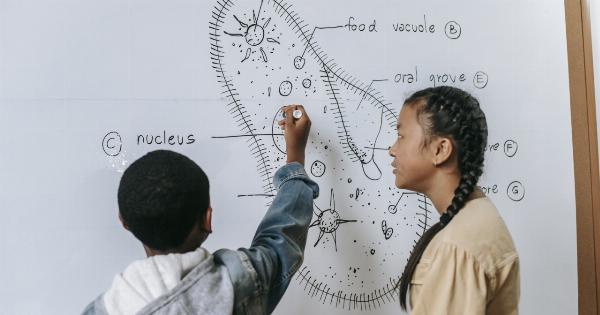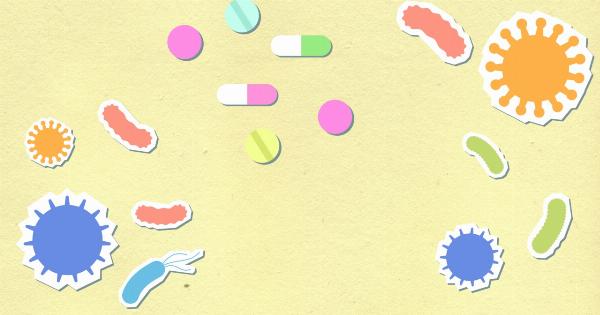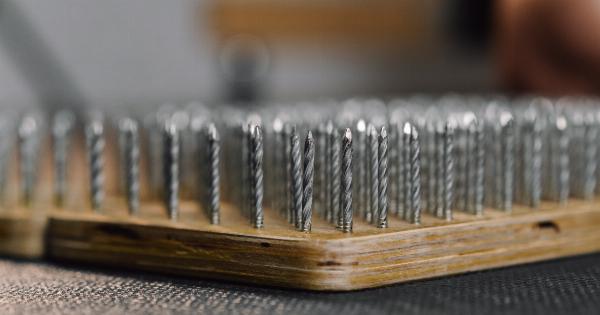Bone marrow transplants can be life-saving for people with blood-related diseases such as leukemia, lymphoma, and sickle cell anemia. Unfortunately, there are not enough registered donors to meet the demand.
Becoming a bone marrow donor can be a big step in helping save a life. In this article, we will discuss how to become a bone marrow donor and what to expect throughout the process.
What is bone marrow transplantation?
Bone marrow transplantation, also known as hematopoietic stem cell transplantation (HSCT), is a treatment option for people with blood-related diseases. The bone marrow is the spongy tissue located inside of bones that produces blood cells.
In a bone marrow transplant, healthy stem cells are used to help replace damaged or diseased cells in a patient’s bone marrow. The transplanted cells then create new, healthy blood cells.
Who needs bone marrow transplantation?
Bone marrow transplantation can be a treatment option for people with cancerous and non-cancerous blood-related diseases. Some of these diseases include:.
- Leukemia
- Lymphoma
- Sickle cell anemia
- Multiple myeloma
- Aplastic anemia
- Thalassemia
Patients who receive a bone marrow transplant may have their own bone marrow destroyed by chemotherapy and/or radiation before the transplant. The patient then receives healthy donor stem cells to replace the damaged ones.
How do you become a bone marrow donor?
There are two ways to become a bone marrow donor: through a bone marrow registry or an apheresis donation.
Bone marrow registry
The National Marrow Donor Program (NMDP) is the largest bone marrow donor registry in the United States. To join the registry, you must:.
- Be between the ages of 18 and 44 (exceptions may be made for individuals up to age 60 in some cases)
- Be in good health
- Meet the registry’s eligibility requirements
- Complete a registration form and consent to a cheek swab for tissue typing
Once you are registered, your tissue type will be added to the registry. If a patient needs a bone marrow transplant and your tissue type matches, you may be contacted to see if you are willing to donate.
Apheresis donation
If you are identified as a match for a patient, there are two methods of donation: bone marrow donation and peripheral blood stem cell donation.
Most donors today give peripheral blood stem cells (PBSC) which is a non-surgical, outpatient procedure done in a hospital or clinic.
PBSC donation involves taking blood from one arm through a needle, which is sent to a machine that separates out the blood-forming cells and returns the remaining blood through the other arm.
This method has become much more common because it is less invasive and less painful than traditional bone marrow donation, which requires general anesthesia and a surgical procedure to remove bone marrow from the hip bone.
What are the risks and side effects of bone marrow donation?
Bone marrow donation is generally safe and well-tolerated. However, there are some risks and side effects involved, including:.
- Pain, bruising, or swelling at the donation site
- Fatigue
- Nausea
- Headache
- Muscle pain
- Lower back pain
These side effects are usually mild to moderate and go away on their own. Serious complications such as infection, bleeding, or allergic reactions are rare.
Conclusion
Bone marrow transplantation can be a life-saving treatment for people with blood-related diseases. However, there are not enough registered donors to meet the demand. By becoming a bone marrow donor, you can help save a life.
Joining a bone marrow registry and consenting to a cheek swab is the first step. If you are identified as a match for a patient, you may be asked to donate either bone marrow or peripheral blood stem cells. Although there are some risks and side effects involved, bone marrow donation is generally safe and well-tolerated.
Your donation can make a big difference in someone’s life.

























